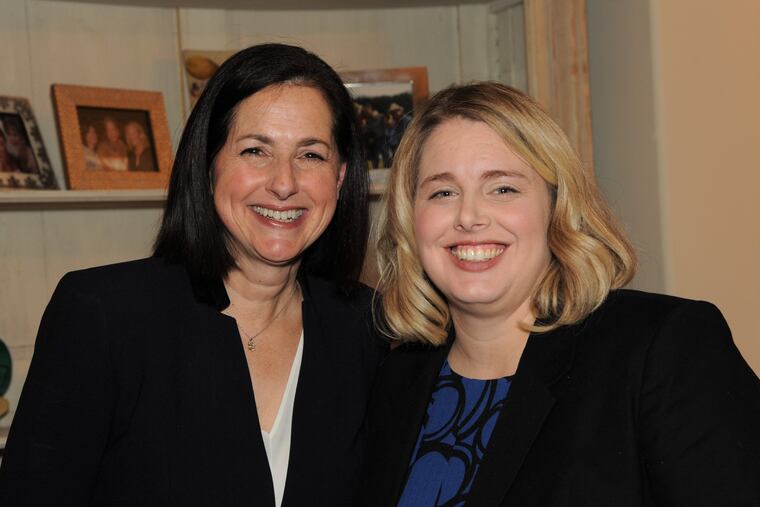Institutions face risk for child sexual abuse. Here’s how they can prevent it. | Opinion
At Mission Kids Child Advocacy Center, we offer free “Darkness to Light” training to teach adults how to recognize, prevent, and react responsibly to child sexual abuse.

More and more, the public has begun to understand what we here at Mission Kids Child Advocacy Center already know too well: Institutional child sexual abuse is a prevalent problem in our local communities as well as around the country. Whether the Boy Scouts of America or the Catholic Church, no organization interacting with children is immune to this issue. The institutional sexual abuse of children is never a one-off or single occurrence, but rather a pervasive symptom of the ingrained power dynamics and relationship structures upon which organizations are built.
When it comes to institutions, a number of factors allow child sexual abuse to repeatedly take place and stay hidden. For institutions with distinguished histories or devoted followings, it can become all too easy to prioritize upholding that long-cultivated public perception at the cost of a child’s well-being. Especially for those that rely on donations, protecting the group’s overall reputation can become more important than ensuring the safety of the children they serve.
According to Forbes, the Boy Scouts of America received nearly $300 million in private donations in 2015, accounting for more than one third of the group’s total revenue. Creating and sustaining a positive image is integral to the organization’s well-being — yet sometimes comes at the expense of its members.
The leadership structures of institutions can also enable child sexual abuse. Although it makes sense that adults assume authority and control in these settings, this can endow blind trust in leaders while discrediting children. When presented with accounts from an institutional leader in contrast with those of a child, organizations are likely to side with the superior.
These ingrained power dynamics sometimes silence victims. From the beginning, children are told who their leaders are and are made to understand their status on the organizational totem pole. As a result, they may feel weak or disempowered, especially when they are abused or betrayed by those that they have been told to trust or look up to. In fact, as many as 93% of sexual abuse victims under the age of 18 know their abuser, according to Child Rescue Network.
Institutional child sexual abuse is a complicated issue without a single solution. Although recent allegations against the Boy Scouts of America — and resulting wave of potential lawsuits — likely won’t be the last, there are a growing number of initiatives to address this problem.
For example, new legislation expanding the statute of limitations in child sexual abuse cases is empowering victims to speak up and seek justice. But statutes of limitations vary between states. Victims in Pennsylvania have until 50 years of age to file a criminal action for sex abuse they experienced as children, and age 30 for civil suits, with calls to extend both and grant a one- to two-year window for those whose actions have currently expired.
Beyond structural change such as new laws, we must hold ourselves accountable as individuals to protect children on an everyday basis. Adults have the power to spot warning signs and listen to victims asking for help. That’s why at Mission Kids Child Advocacy Center we offer free “Darkness to Light” training to teach adults how to recognize, prevent, and react responsibly to child sexual abuse. Also known as “D2L,” it is a nationally distributed, evidence-informed program shown to increase knowledge, improve attitudes, and change child protective behaviors. Research suggests just a third of child sexual abuse cases are identified, and even fewer are reported. When adults are trained and educated, they can better protect children and bring abuse to light.
The institutional sexual abuse of children has been an issue for years and unfortunately will continue to be. Recognizing the prevalence and legitimacy of this problem is the first step toward effective solutions, like legislative initiatives and on-the-ground training programs. In the face of this ingrained issue, we must continue to prioritize prevention and empower victims to seek justice and healing.
Abbie Newman is the CEO of Mission Kids Child Advocacy Center, an organization dedicated to achieving healing and justice for victims of child abuse. Leslie Slingsby serves as the organization’s executive director. www.missionkidscac.org